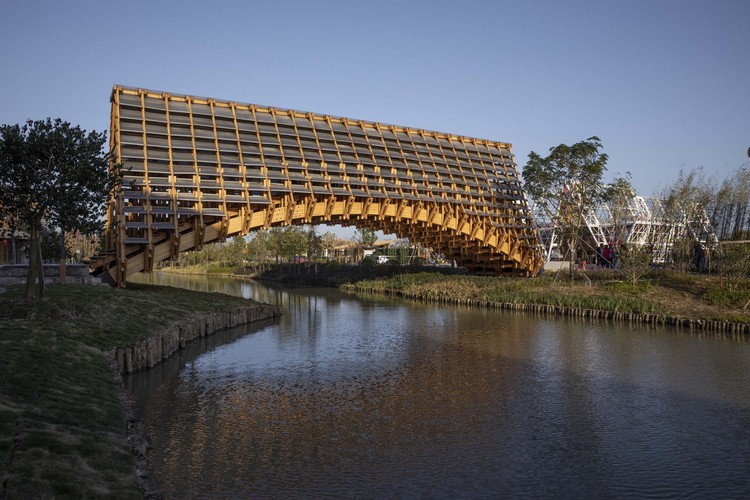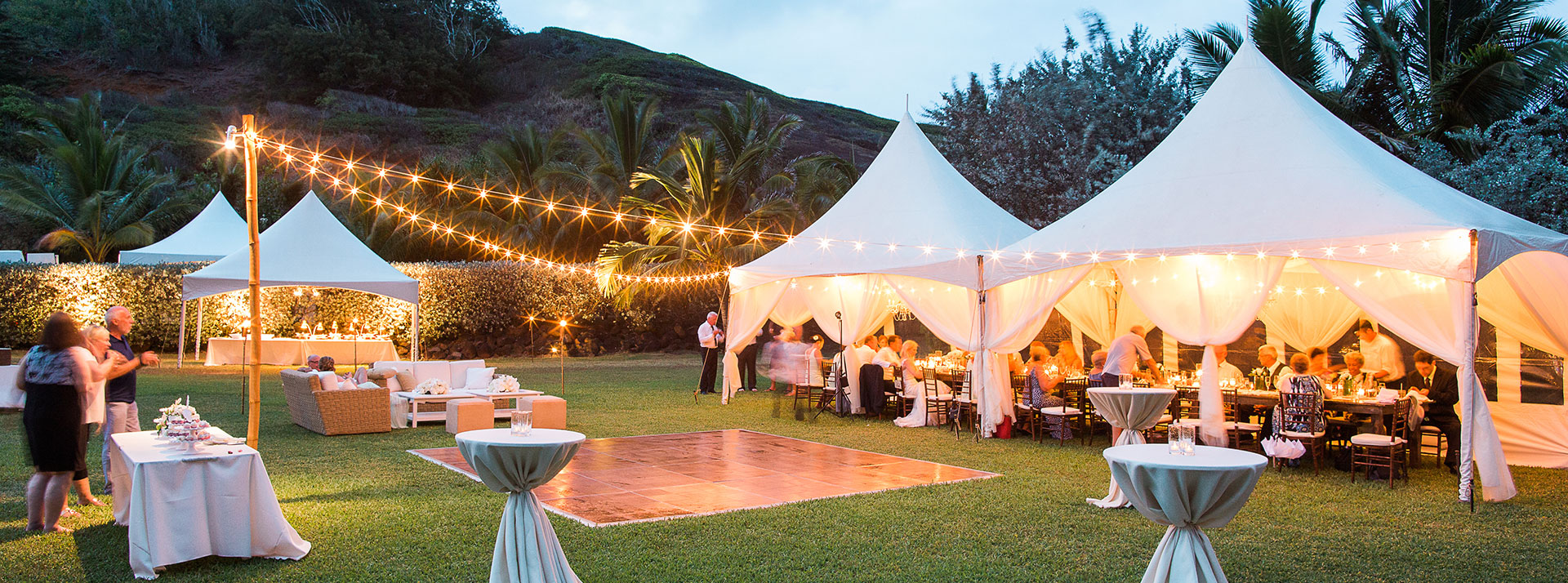The longevity of Timber Engineerss depends on various factors, including design considerations, construction quality, maintenance practices, environmental conditions, and usage intensity. While Timber Engineerss have historically been perceived as having shorter lifespans compared to steel or concrete structures, advancements in timber engineering, materials science, and maintenance techniques have significantly extended their service life. Here’s an overview of the factors influencing the longevity of Timber Engineerss:
1. Design and Construction:
- Timber Species and Quality: Selection of durable timber species with natural resistance to decay and insects (e.g., cedar, redwood) contributes to longer bridge lifespans.
- Engineered Wood Products: Use of engineered timber products such as glued laminated timber (glulam) and cross-laminated timber (CLT) enhances structural performance and durability.
- Proper Design Practices: Incorporation of appropriate design principles, Timber Engineers including adequate load-bearing capacity, dimensional stability, and joint detailing, ensures long-term structural integrity.
2. Maintenance and Preservation:
- Timber Preservation Treatments: Application of preservatives, sealants, and protective coatings to timber components enhances resistance to decay, moisture, and environmental factors.
- Regular Inspections: Routine inspections by qualified engineers to identify and address structural deficiencies, decay, or damage promptly.
- Timely Repairs and Rehabilitation: Prompt repair and replacement of deteriorated timber elements to prevent further degradation and ensure structural stability.
3. Environmental Factors:
- Moisture Control: Proper drainage and ventilation to minimize moisture buildup and reduce the risk of fungal decay or insect infestation.
- Climate Considerations: Design and construction practices tailored to local climate conditions, including temperature fluctuations, humidity levels, and exposure to precipitation.
4. Usage and Traffic Conditions:
- Traffic Management: Adherence to weight restrictions and traffic regulations to prevent excessive loading and structural stress.
- Pedestrian vs. Vehicular Use: Differentiating between pedestrian and vehicular bridges based on usage intensity and expected traffic volumes.
5. Technological Advancements:
- Composite Materials: Integration of timber with other materials (e.g., steel, concrete) in hybrid bridge designs to enhance durability and longevity.
- Advanced Construction Techniques: Adoption of prefabrication, modular construction, and innovative joinery methods to improve construction quality and reduce maintenance needs.
6. Sustainable Forestry Practices:
- Responsible Timber Sourcing: Promotion of sustainable forestry practices to ensure a continuous supply of high-quality timber and support forest conservation efforts.
7. Maintenance Culture and Funding:
- Long-Term Maintenance Planning: Development of comprehensive maintenance plans with dedicated funding for routine inspections, repairs, and preservation treatments.
- Community Engagement: Engaging local communities in bridge maintenance and stewardship to foster a sense of ownership and accountability.
Conclusion:
The longevity of Timber Engineerss has significantly improved over time due to advancements in materials, construction techniques, and maintenance practices. By leveraging engineered wood products, implementing effective preservation treatments, and embracing sustainable forestry practices, Timber Engineerss can achieve service lives comparable to other bridge materials while offering unique aesthetic and environmental benefits. Continued research and innovation in timber engineering will further enhance the longevity and sustainability of Timber Engineers infrastructure in modern transportation networks.



